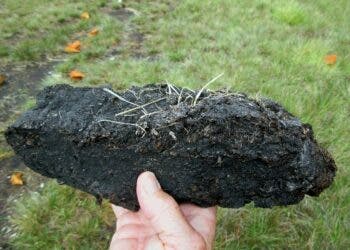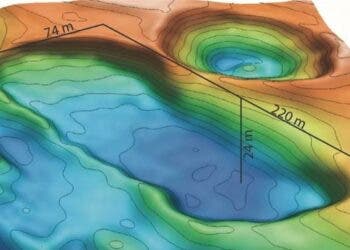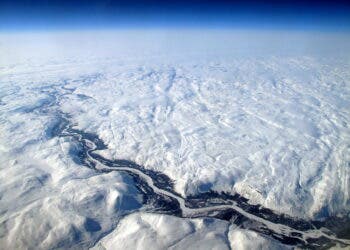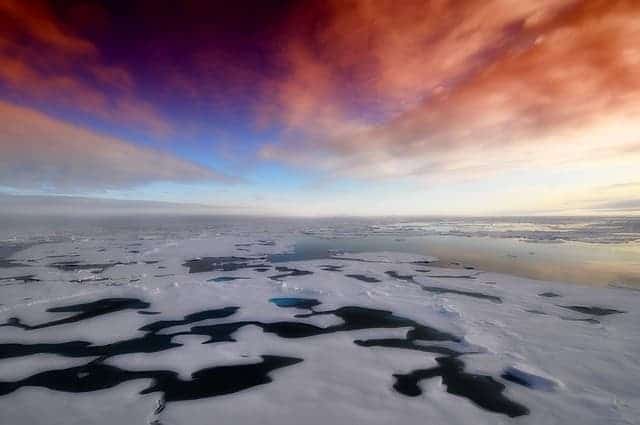
Arctic ice north of Greenland is, historically speaking, the oldest and thickest ice in the north pole. But although this is the last place that might lose its year-round ice cover, ice mass in the area is already declining at twice the rate as the rest of the Arctic.
Not as stable as once thought
Most of the ice that covers the Arctic is only one to four years old. However, there is a 2,000-kilometer-arc of ice, stretching from the western Canadian Arctic Archipelago to Greenland’s northern coast, which is more than five years old and can measure more than four meters thick. This relatively old region of ice is known as the Last Ice Area.
Although, historically speaking, this band of old ice is stable, recent findings suggest that the Last Ice Area cannot be spared forever from the melting that plagues seasonal ice in the Arctic. According to a new study, ocean currents and atmospheric winds have made the old ice more mobile and have transported it to other parts of the Arctic.
“We can’t treat the Last Ice Area as a monolithic area of ice which is going to last a long time,” said Kent Moore, an atmospheric physicist at the University of Toronto in Canada and lead author of the new study. “There’s actually lots of regional variability.”
For their new research, Moore and colleagues employed satellite and atmospheric data to model sea ice cover, thickness, and motion across the Last Ice Area from 1979 to 2018. The results suggest that the Last Ice Area is made of two important subregions — one to the east and one to the west. — where ice thickness varies from 1.2 meters from year to year. Moore and colleagues concluded that ice in both subregions are thinning, losing about 0.4 meters of ice thickness per decade.
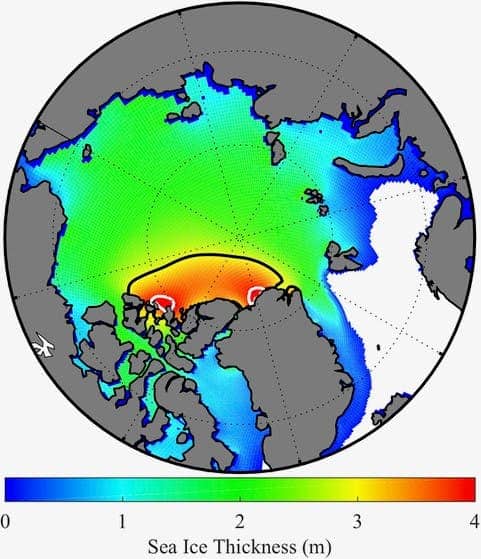
Since the 1970s, the Last Ice Area has lost 1.5 meters of thickness and Arctic summers could soon become totally ice-free as early as 2030. For many species of wildlife, such as polar bears and seals, this could signal a disaster.
“Eventually the Last Ice Area will be the region that will repopulate the Arctic with wildlife,” Moore said. “If we lose all the ice, we lose those species. This area will be a refuge where species can survive and hopefully expand their regions once the ice starts returning.”
Moore claims that the dramatic loss of ice in the Last Ice Area can be pinned to the movement of the ice out of the region, towards the west.
These findings don’t bode well in the context of the climate emergency that we are currently experiencing. The Arctic is warming faster than any other region of the globe. For instance, this last June, average temperatures were warmer than usual by nearly 5.5 degrees Celsius (10 degrees Fahrenheit). And since climate models haven’t taken into account the possibility of ice loss in the Last Ice Area, it is possible that the Arctic could reach an ice-free state much earlier than previously predicted. In the face of such calamity, the only solution is the rapid decarbonization of society.
“Historically, we thought of this place as an area that just receives ice,” said David Barber, an Arctic climatologist from the University of Manitoba in Canada who was not involved in the new study. “But these results are teaching us that this is a dynamic area.”
The findings appeared in the journal Geophysical Research Letters.
